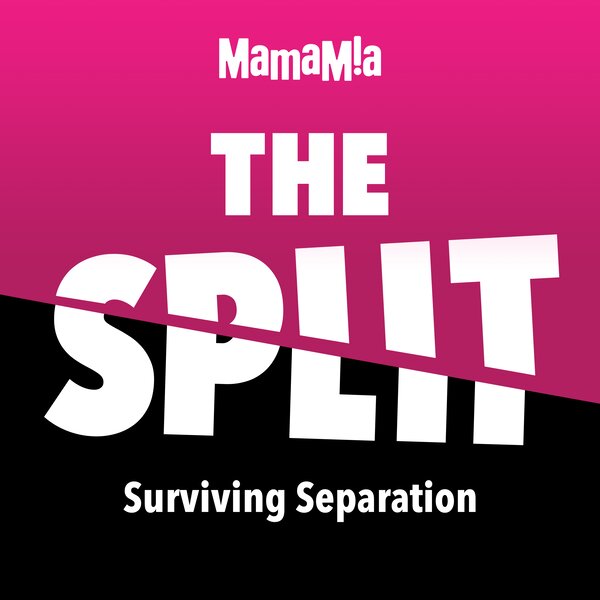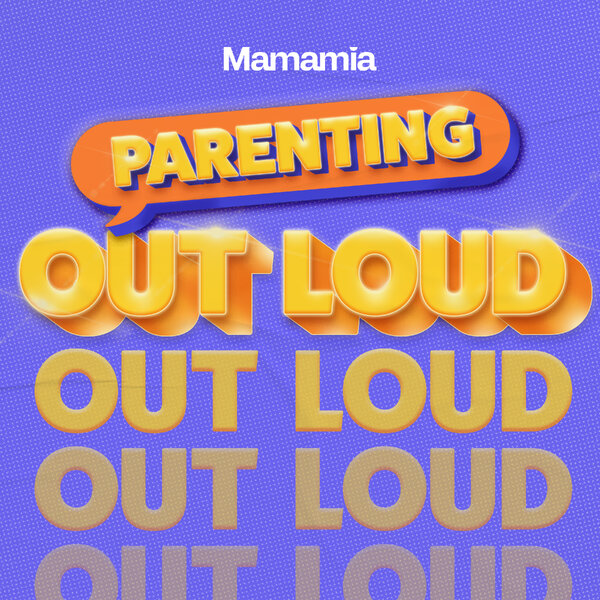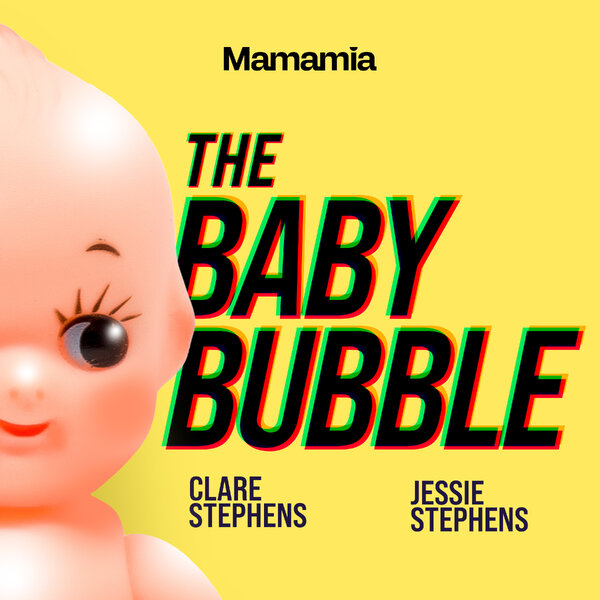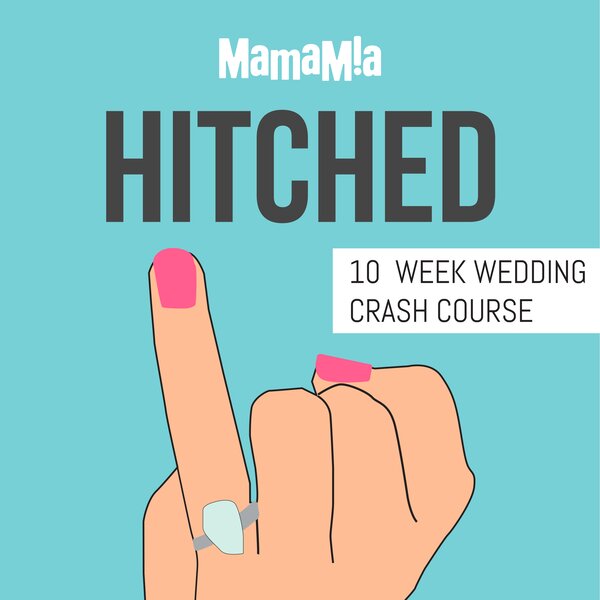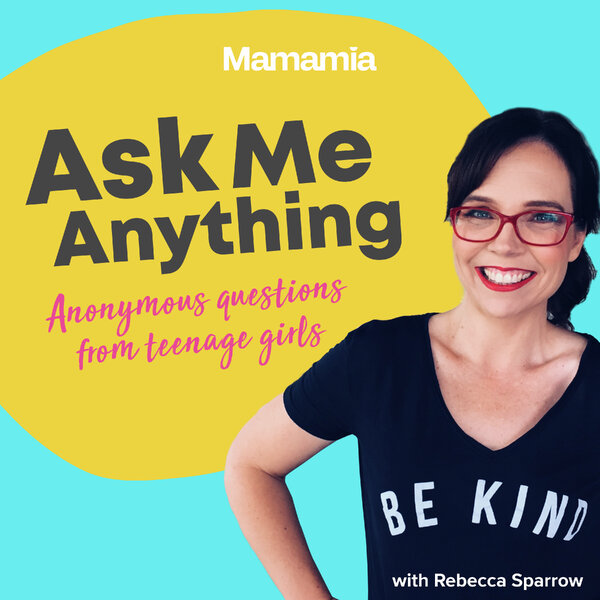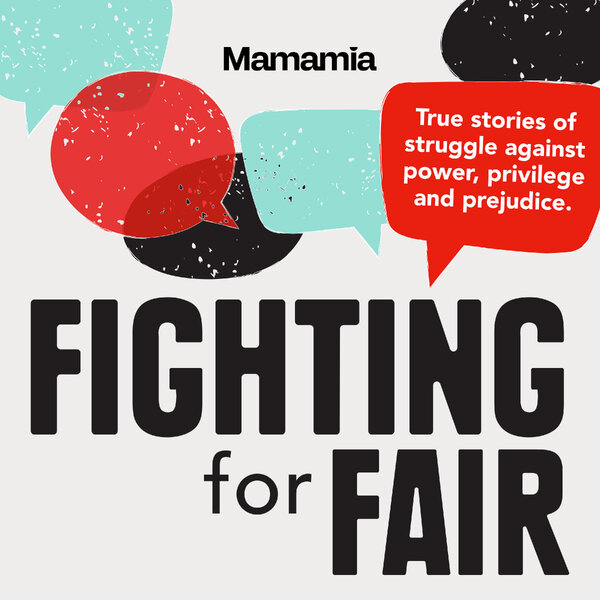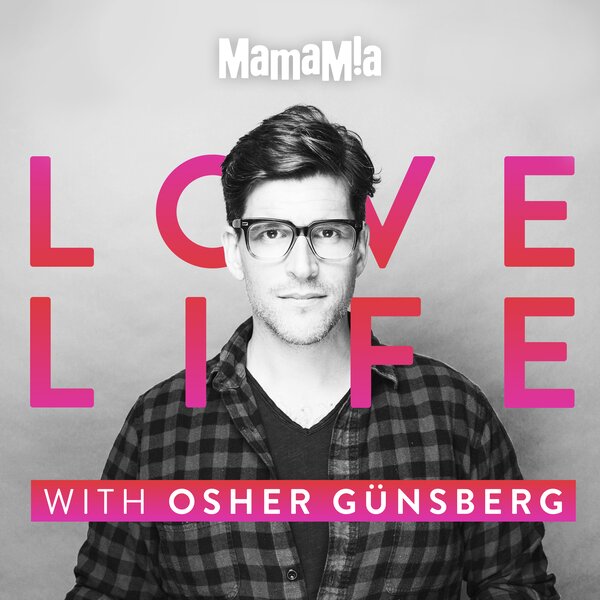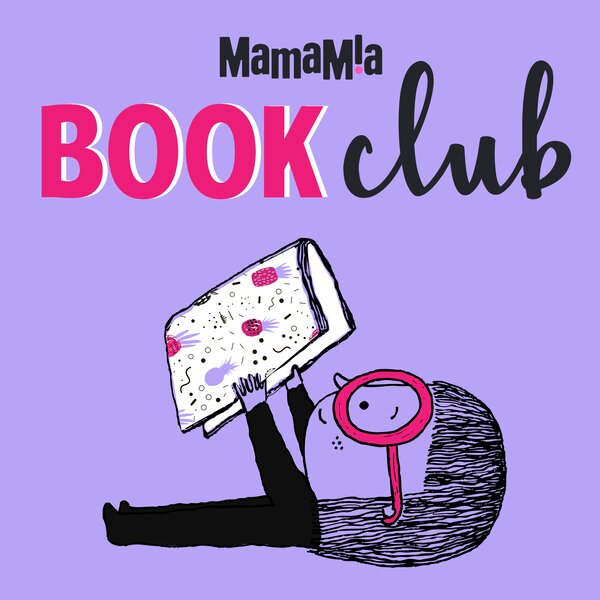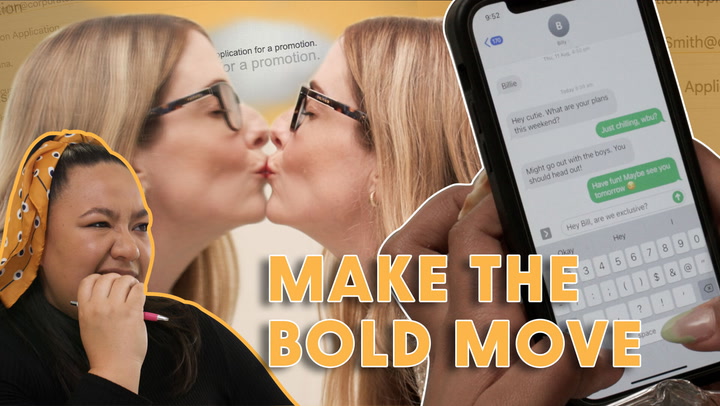
When neonatal nurse practitioner Kirsty Morgan lost her husband Ian in a freak electrical accident in 2010, her heart was broken.
"The fight-or-flight response hit the moment Ian was electrocuted in our bedroom," Kirsty said. "And it never stopped. Not when I performed CPR alone for over 20 minutes. Not during the five days he was in ICU. Not at his funeral. Not in the years that followed."
What began as unrelenting anxiety and insomnia would, years later, lead doctors to diagnose her with rheumatic heart disease. It turned out, Kirsty's broken heart was more than just metaphorical.
In fact, doctors later discovered the damage to Kirsty's heart was likely triggered by what's known as broken heart syndrome — a rare condition where extreme emotional stress physically weakens the heart.
Five years after Ian's death, Kirsty woke up on her bedroom floor with no memory of how she got there. Each time she tried to stand, she fell again, hitting her head, hip, and shoulder.
Watch: Is it perimenopause or am I dying? Post continues after video.
As a senior neonatal nurse, she was used to moving fast, making life-and-death calls for premature babies.
"To come to such a sudden, complete halt was devastating," she said. "I was the one who helped others heal. Now I couldn't even help myself stand up."



